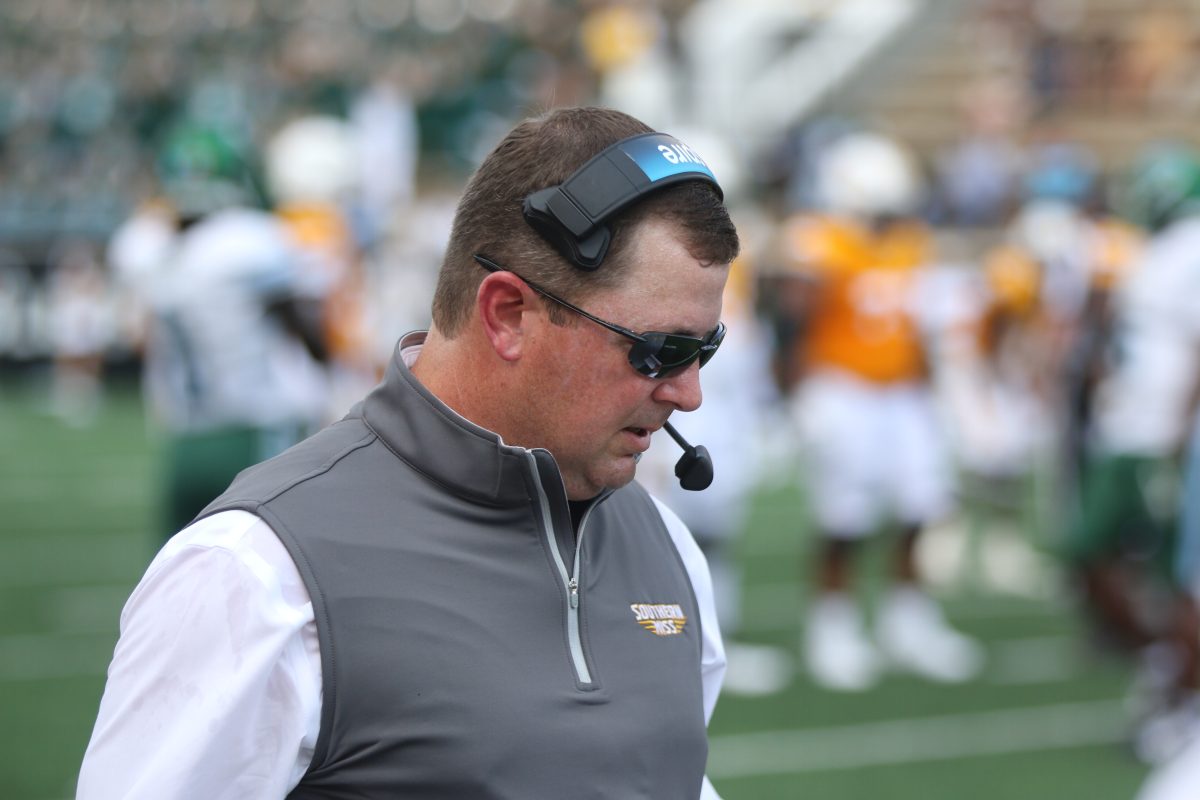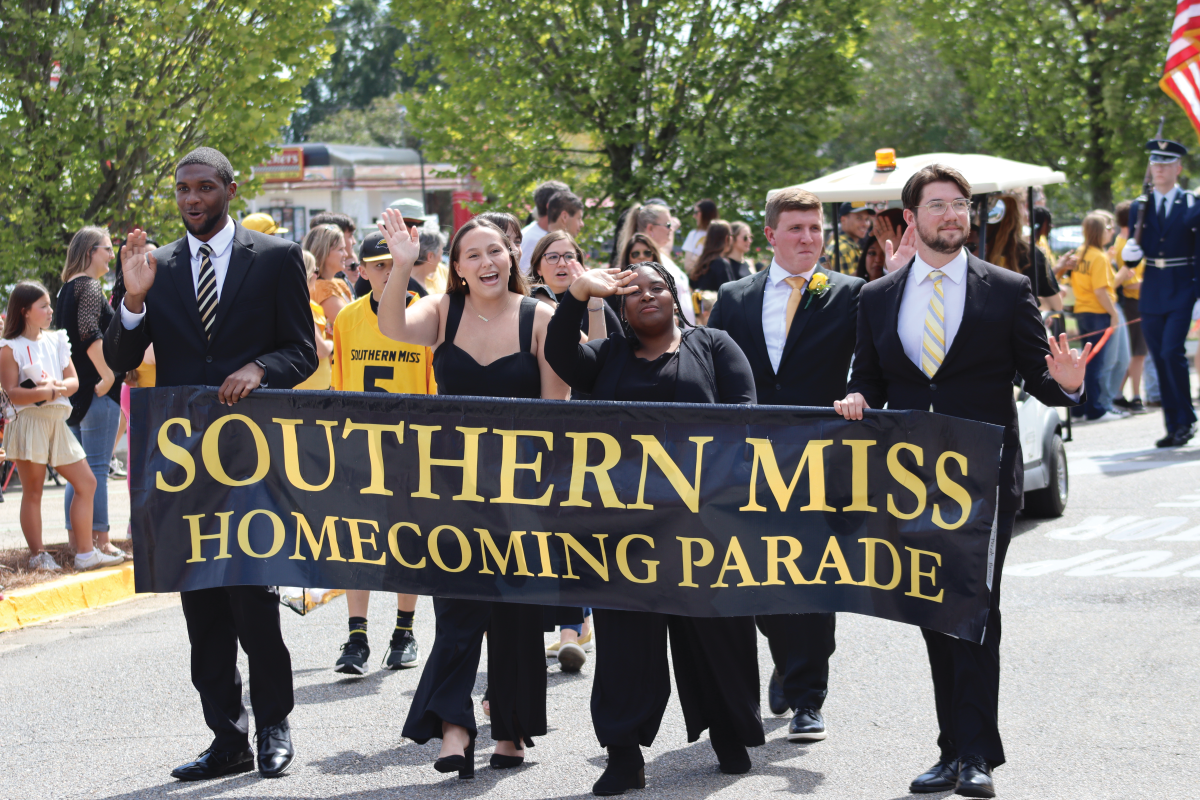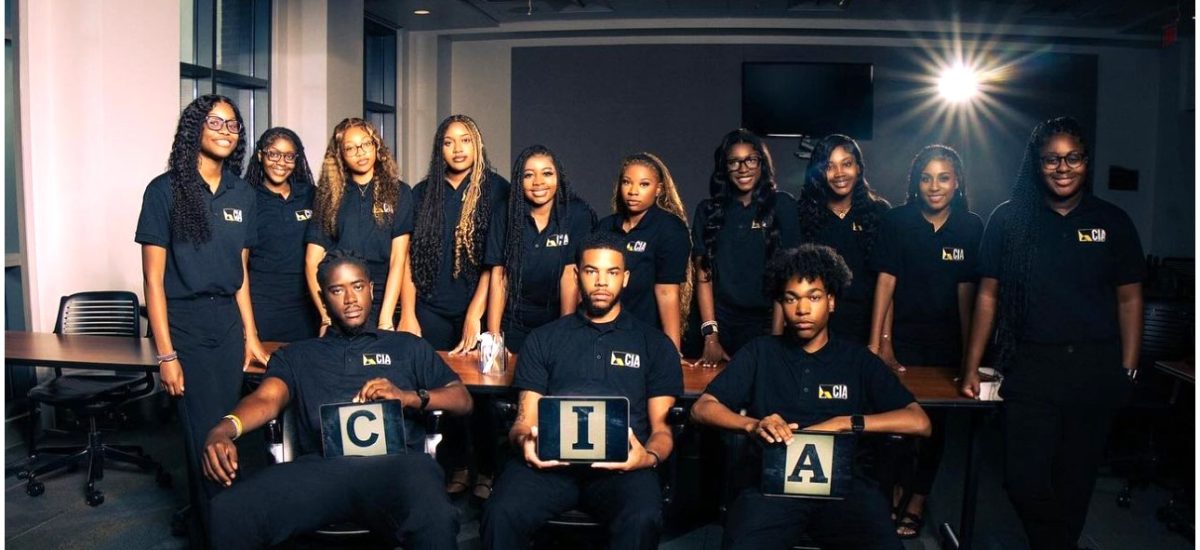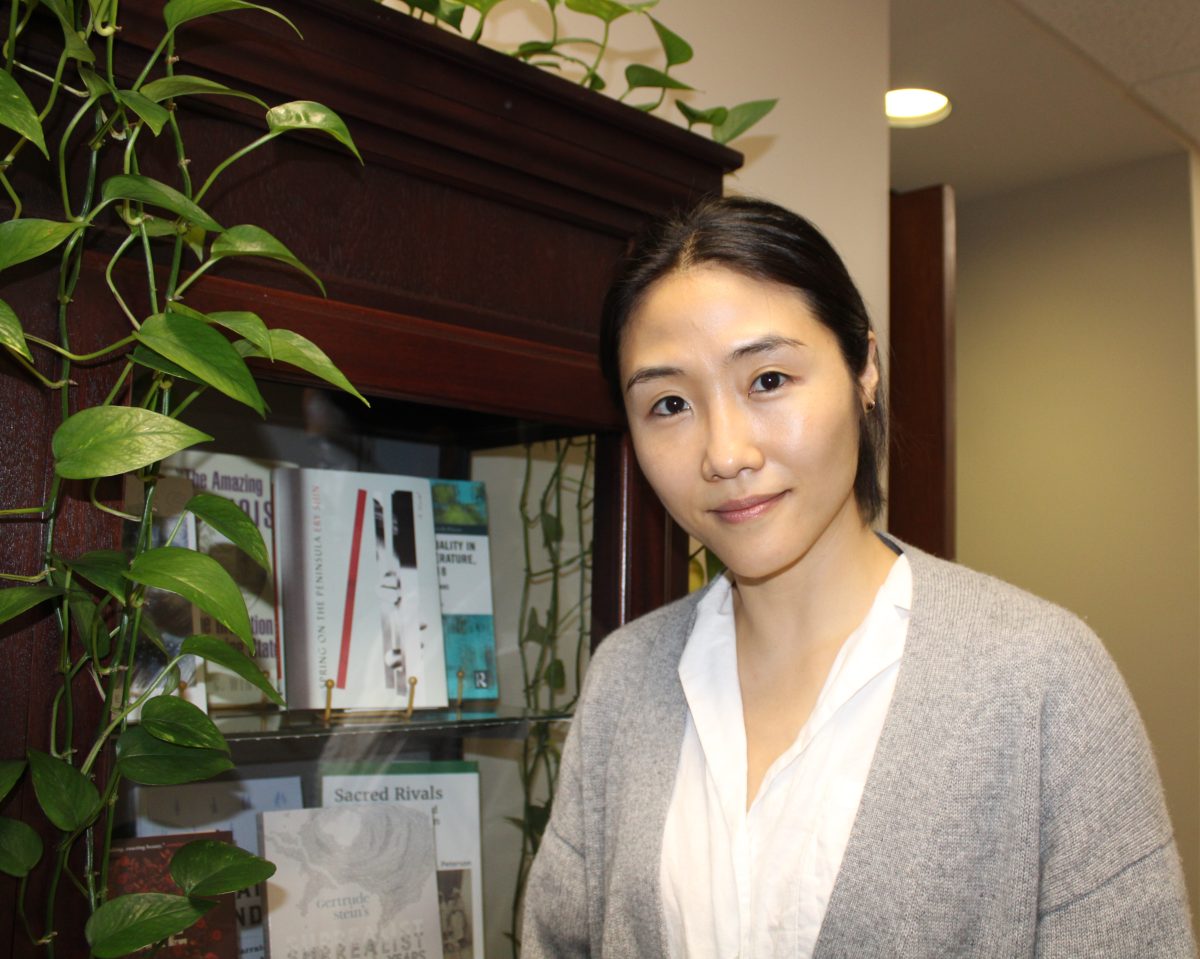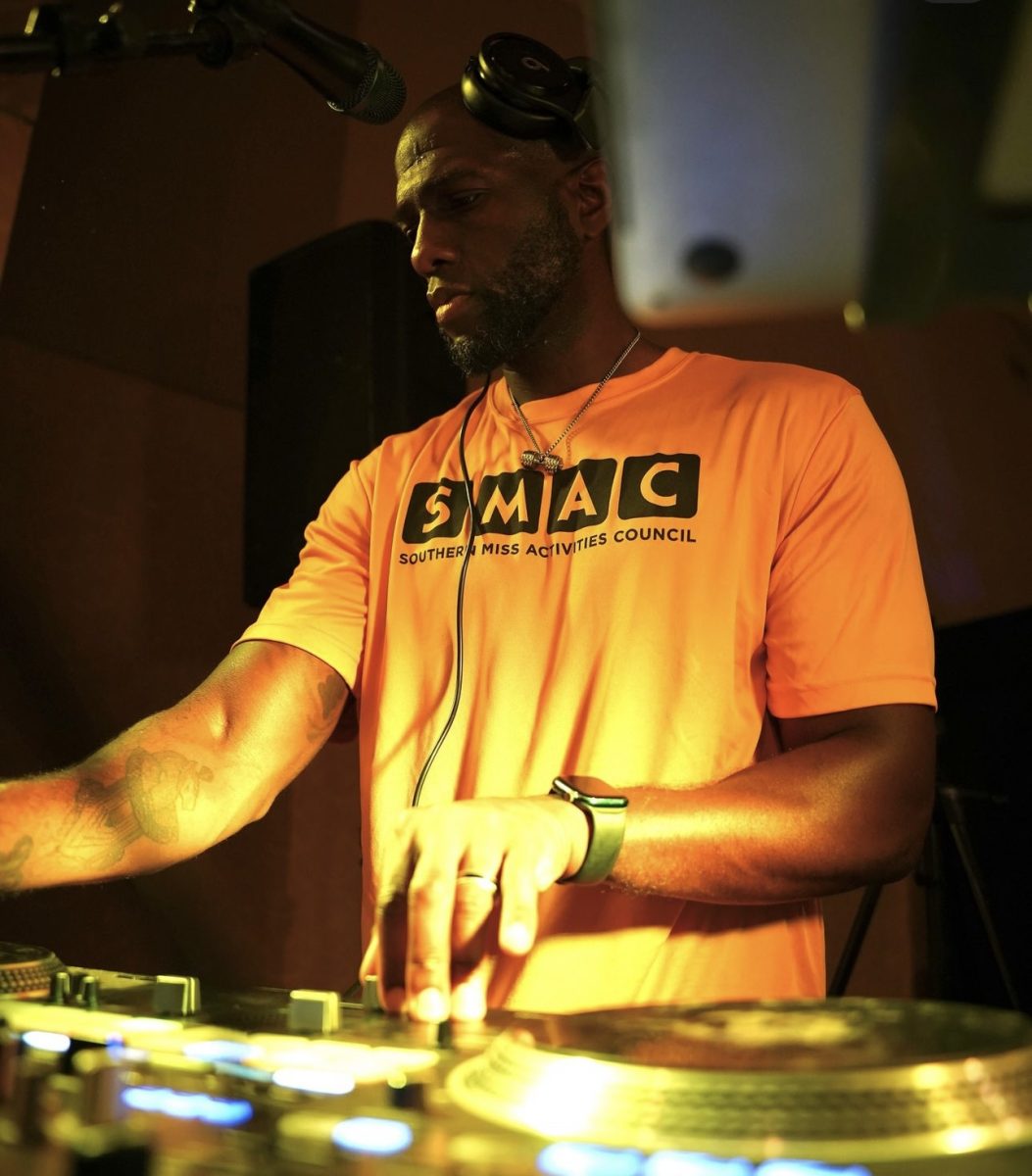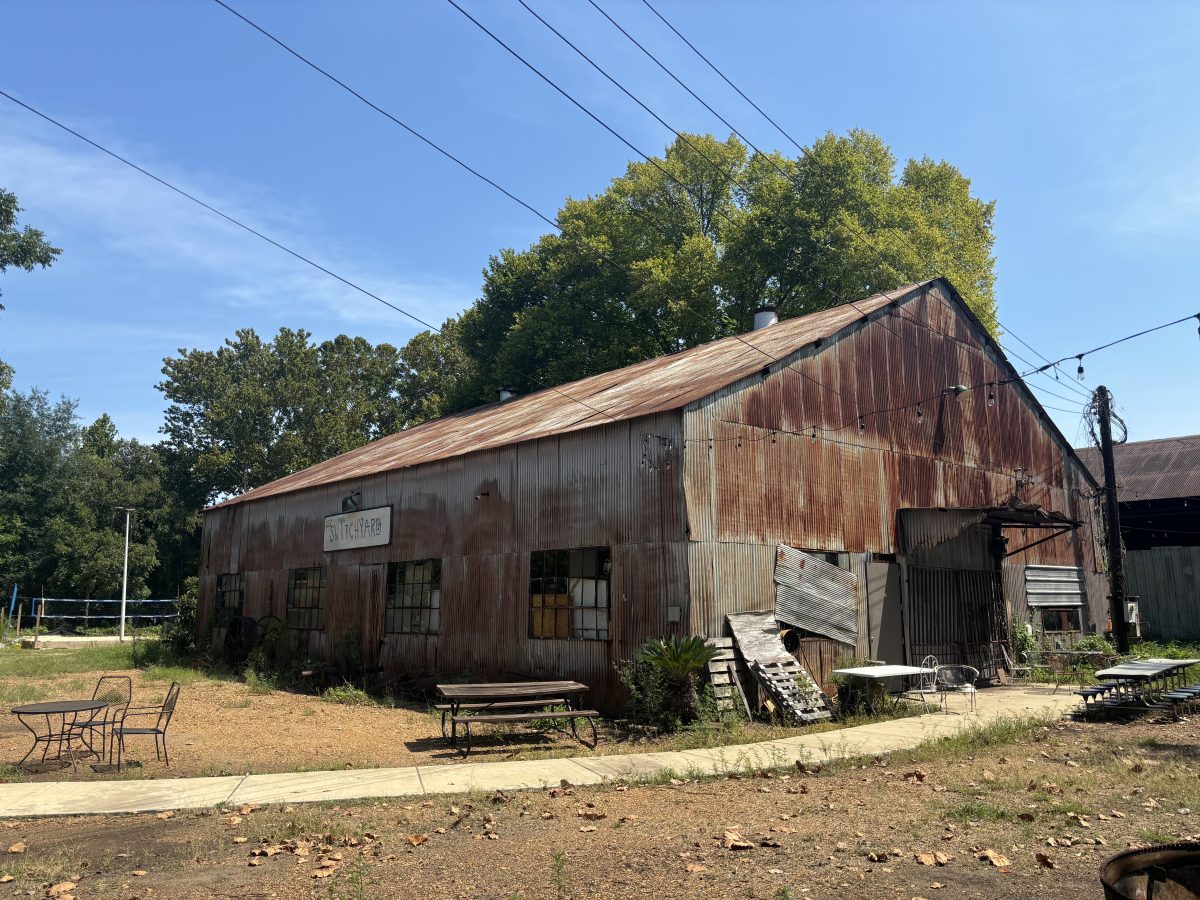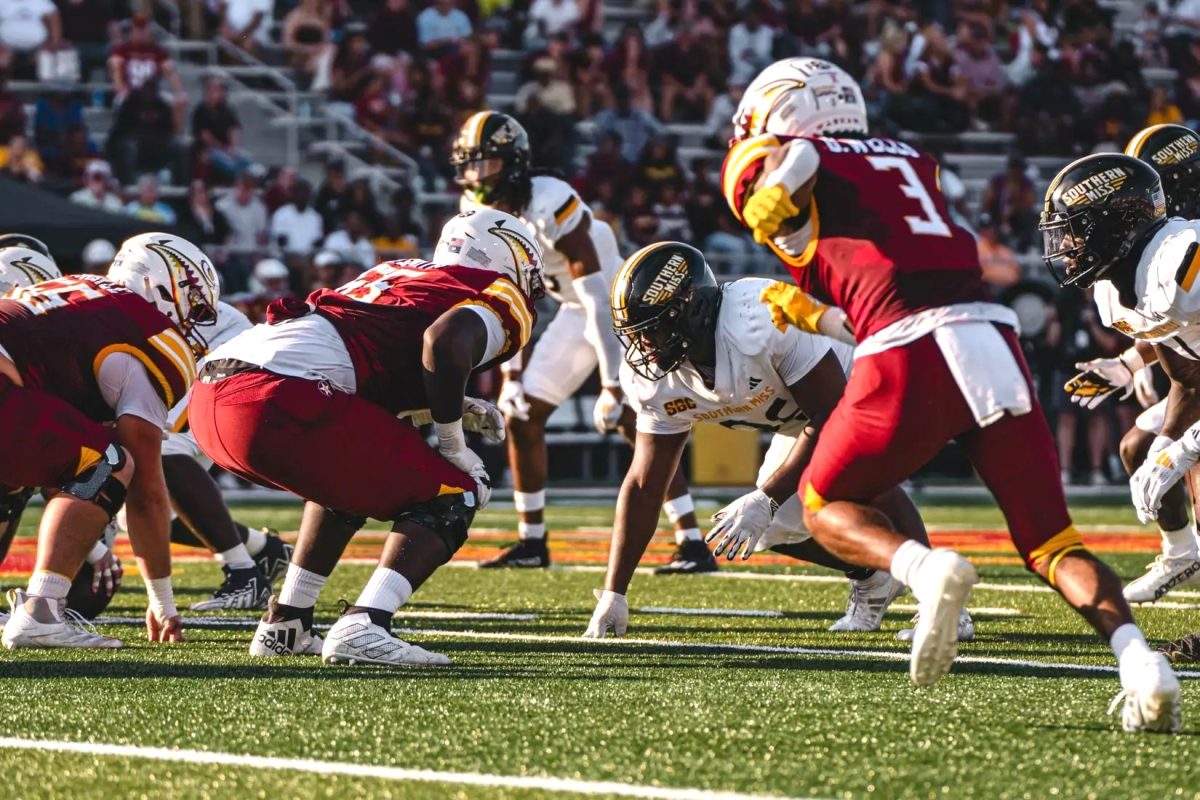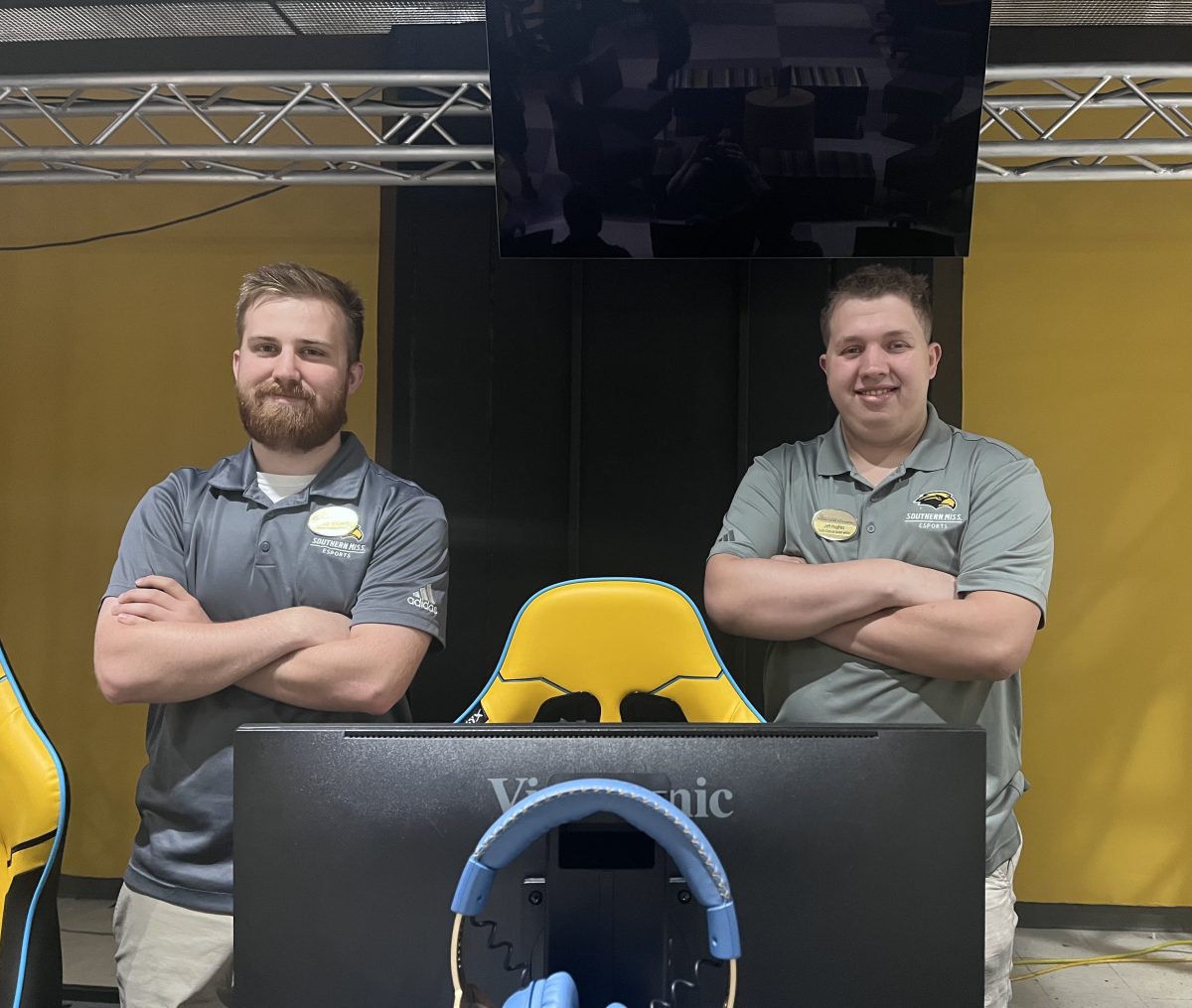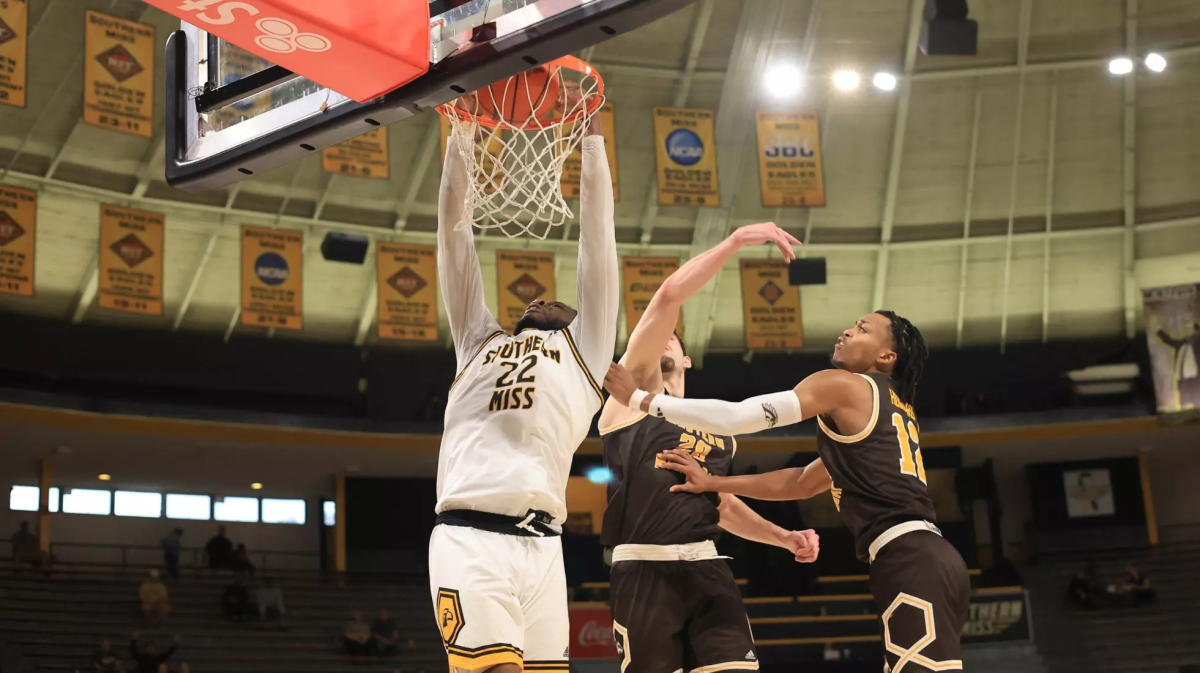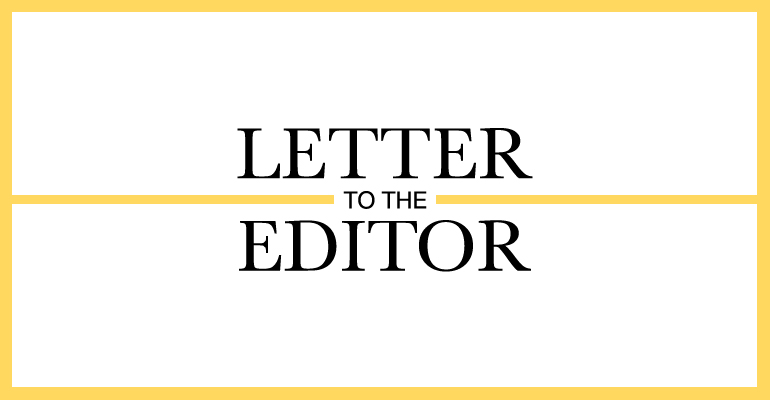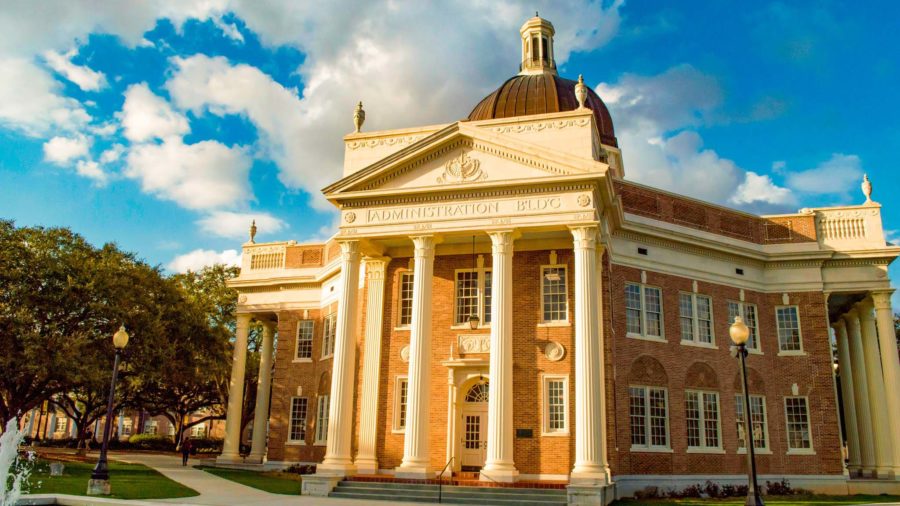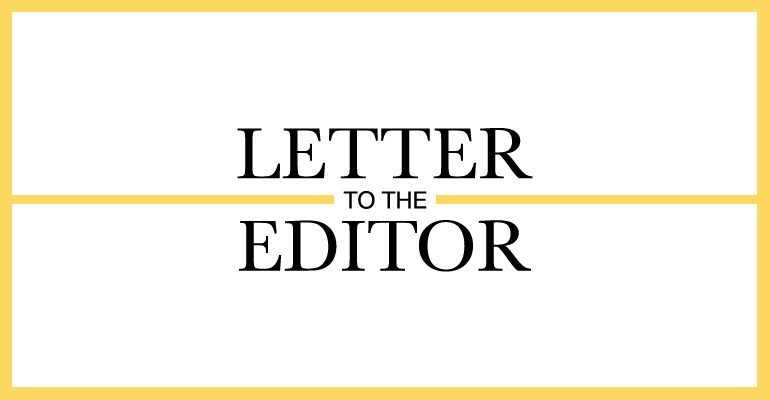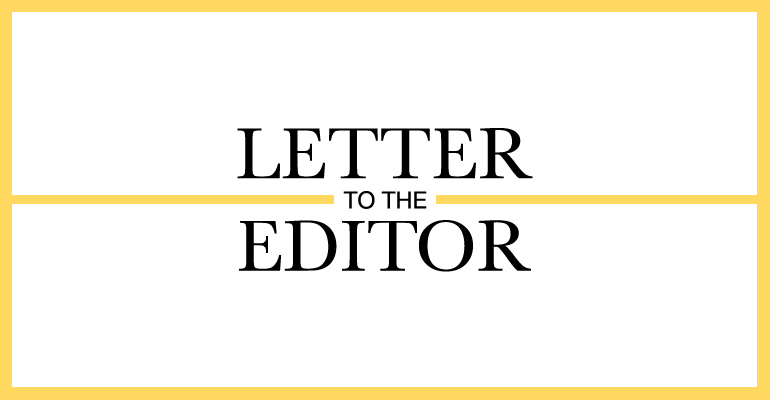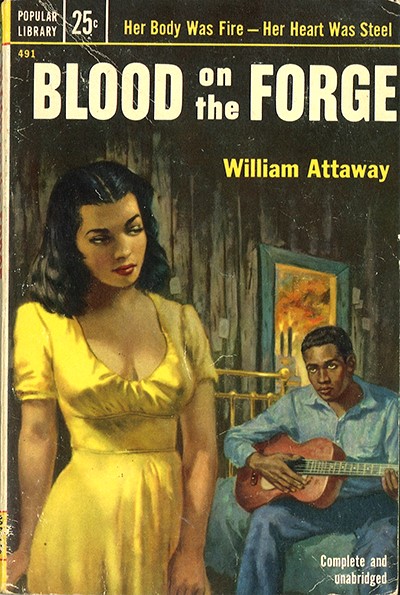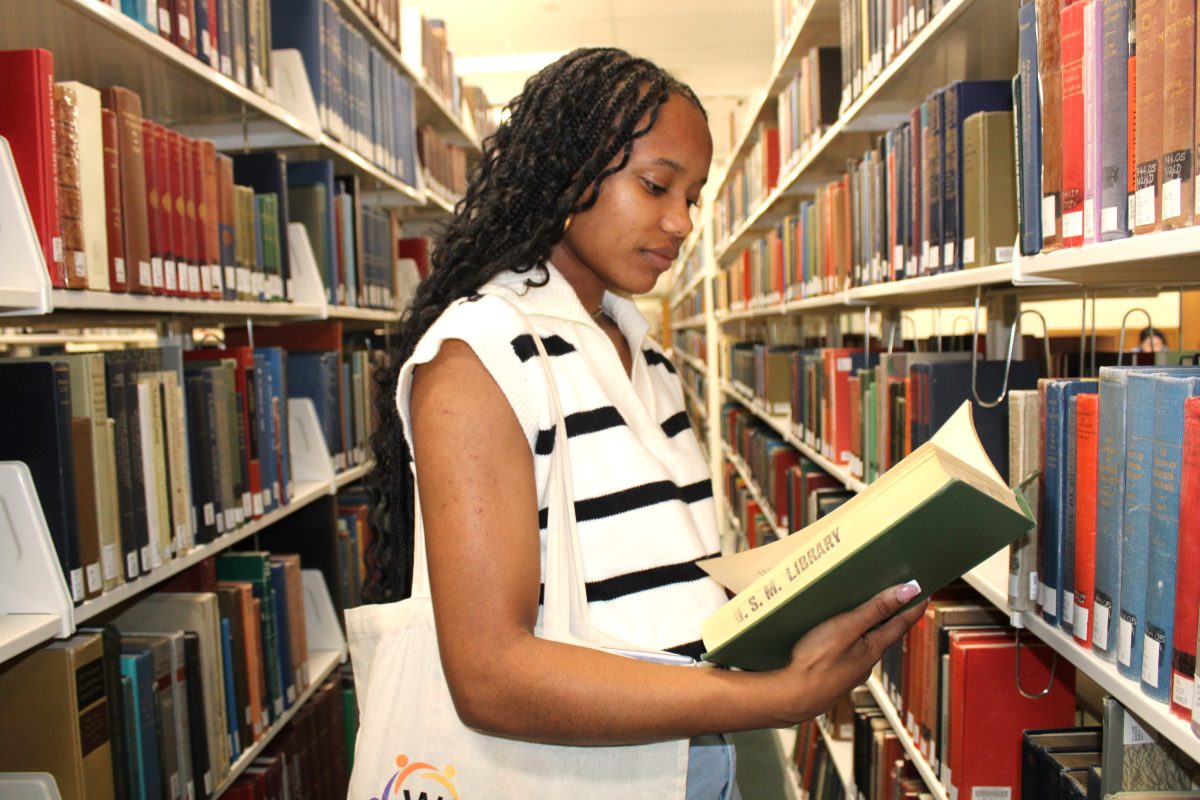Here we go again. And right on schedule. Since I came here in 1999, every five years or so the then-current provost and the then- current president, of whom there have been at least five respectively in less than two decades, have set themselves to upsetting the applecart and demoralizing the faculty, again. Folks, this new proposal is just the latest crazy nonsense pushed by administrators who apparently have too little to do as it is. Instead of focusing on enabling the faculty, which I remind you are the university, in our work, they are demanding that we enable the administration to throw the baby out with the bathwater.
Provost Moser now wants to totally reimagine and reorganize USM. Oddly enough, the just-released “Plan for Academic Reorganization” (Dec. 2016) is distinguished by the fact that there is no plan. The hubris! Just when we have finally recovered from the last attempt, in 2011, which would have totally reorganized the way the university funds its work by forcing the faculty into a radical “all against all” (or dog-eat-dog) budgeting system, rather than the normal incremental approach, now they want to force us to reinvent the entire wheel. Really?
In the interim, the university eliminated the Department of Economics in the College of Business (which is passing strange), continued to expand an already- bloated central administration (of course), tried to kill off regionally distinguished legacy efforts such as the Southern Quarterly (one of the oldest scholarly journals of Southern studies, which was founded in 1962) and then just this Fall announced that they are eliminating the B.A. in Religion. Really?
Let me repeat: Their just- announced Plan is that they have no plan. Instead, they want the faculty to come up with one. Look, we the faculty have more than enough to do, with our teaching, our research/ scholarship/creative works and our professional service. And now we are expected to commit ourselves to the distraction of solving their institutional and administrative problems? I don’t think so.
I encourage everyone to go to the Provost’s webpage and download “The Plan for Academic Reorganization.” It is a document that, while admittedly well- intentioned and of course ambitious in intended scope, is full of blather. It demands that the faculty, with a Jan. 27, 2017 deadline, no less, submit proposals for totally reimagining the basic structure of this century- old university.
Their main bright idea is to replace the discipline-based structure of this “university renowned for academic rigor, innovation and the achievements of its community of scholars” (p.2) with unwieldy and artificial administrative units that pay little or no attention to the basic fact that our Profession is based on academic disciplines. For example, they suggest replacing the core liberal arts departments such as English, foreign languages and history with a “Division of the Humanities” and frankenstein departments such as a “Department of Historical and Critical Inquiry” (p.7). For the 195 current history B.A. majors, how would you like to receive a degree in “Historical and Critical Inquiry?” And then have to explain that to prospective employers, graduate or law schools and, for you history licensure students, to school principals who want to hire teachers?
Much of this constant tinkering and disruption reflects two true challenges. The first is that the State of Mississippi continues to cut its part of our institutional funding, for whatever reasons. The second is that this university has never figured out how to compete for the declining number of potential college students in this state, which is a failure of the Office of Admissions, not of the faculty. But the greatest challenge is one of institutional identity. When I came here, the Big Idea was that USM defined itself as “a national university for the Gulf South region.” And that ambition attracted ambitious faculty. Shortly after coming here, however, I walked a freshman Honors College student back to her dorm after an Honors Forum lecture. When I asked her why she chose to come to USM, she said, well, she was from Mississippi and wanted to stay relatively close to home; and though with her high ACT scores she could have gone anywhere, she chose USM because, as she told me, Ole Miss was too preppy, State was too country and, “as everyone knows, USM is the cool university of Mississippi.” Yes, that is exactly what she told me.
The cool university of Mississippi.
Now that is an institutional brand with legs. That dog hunts.
So why in all these years has USM’s administration doggedly refused to recognize our greatest strength, our diversity and, yes, this university’s “cool” factor? And why is it that every five years or so, yet another cohort of administrators beats up on the faculty here?
If they want to “make USM great again,” I would suggest the following core principles:
- Enable the faculty to succeed in our respective disciplines and focus on supporting our “research, scholarship and service” (p.2). Oh, and our teaching, too.
- Fund this faculty-focused initiative by dramatic cuts in administration. Decentralize and return to faculty self-governance instead of forcing ever greater centralization (as “The Plan” proposes). Perhaps the best idea would be to free up resources by eliminating the Office of the Provost?
- Ground any Plan on our actual brand as “the cool university of Mississippi,” a brand well- understood by our students and our faculty and yet utterly ignored by our administration.
- Shift resources to practical student success, in particular to funding the comprehensive peer- tutoring, intensive remediation and extensive undergraduate research and active-learning opportunities that many of our students desperately need and which work. Anyone who actually teaches classes here, or who has made a career as teaching faculty, and that excludes the current high administrators who constantly assert that they know our jobs better than we do, understands that our greatest challenge as teachers at a doctoral-extensive public university in Mississippi is the significant proportion of students who are only marginally prepared for work at a real university. Yet our students are remarkable, and many have overcome daunting challenges to be here.
Just as the three key factors in real estate are location, location, and location, the three keys to any successful university are faculty, faculty and faculty. Each time the USM administration has sought to upset this higher-education applecart, for whatever well- intentioned reasons, we lose faculty and have more difficulty in replacing them. That is no way to make USM great again.



